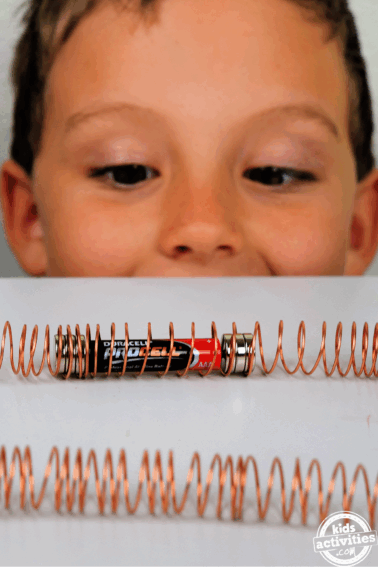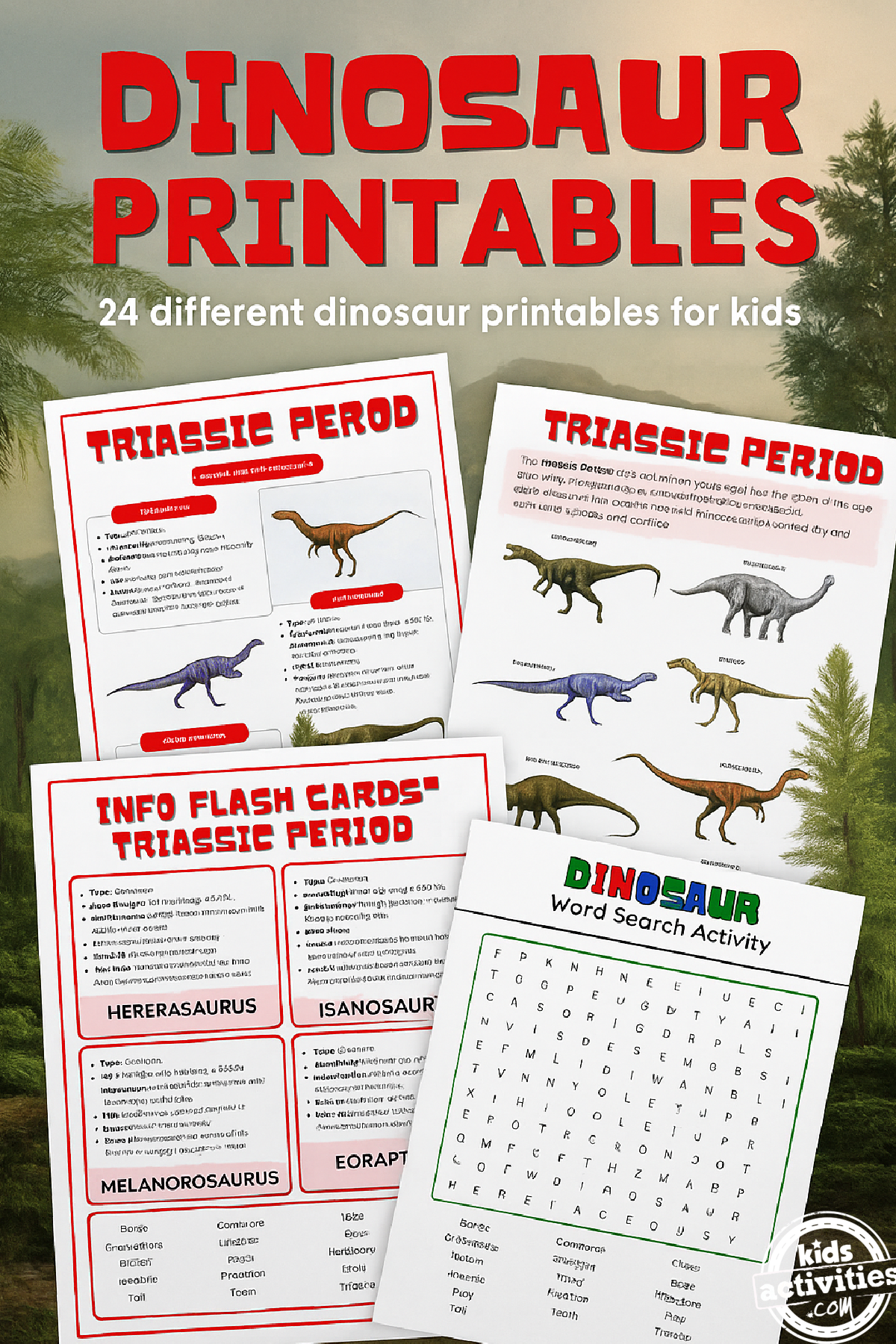Finding free handwriting worksheets can be so helpful when teaching your kids writing skills. We found a bunch of handwriting practice worksheets for kids of all ages from preschoolers who need upper case and lower case letter writing skills to older kids who are learning cursive. And the best part (besides the fact that they are free), they help make handwriting lots of fun!

This article contains affiliate links.
Try these Printable Neat Handwriting Practice Sheets for kids
We have all sorts of fun and engaging handwriting practice worksheets that you can download and print for free no matter what level of practice your child might need.
Related: Pencil grip is important – how to hold a pencil
1. Pre-Writing Practice Sheets for Pre-K & Preschool

Check out these free printable pre writing worksheets pdf that are fun tracing pages for the youngest learners. As soon as your child can hold a crayon or pencil, these can be easy tracing activities they will enjoy.
2. Preschool & Kindergarten Alphabet Letter Writing Practice Pack
Kids can start off tracing letters with alphabet writing worksheets from Kids Activities Blog. Each of the alphabet letters has their own unique printable alphabet learning packet of free printables to help kids master uppercase and lowercase writing practice, letter recognition and initial sounds skills.
- Letter A worksheets
- Lettter B worksheets
- Letter C worksheets
- Letter D worksheets
- Letter E worksheets
- Letter F worksheets
- Letter G worksheets
- Letter H worksheets
- Letter I worksheets
- Letter J worksheets
- Letter K worksheets
- Letter L worksheets
- Letter M worksheets
- Letter N worksheets
- Letter O worksheets
- Letter P worksheets
- Letter Q worksheets
- Letter R worksheets
- Letter S worksheets
- Letter T worksheets
- Letter U worksheets
- Letter V worksheets
- Letter W worksheets
- Letter X worksheets
- Letter Y worksheets
- Letter Z worksheets
3. Letter Coloring & Letter Tracing Practice for Preschool & Kindergarten

This free printable alphabet chart pdf file includes an uppercase alphabet letter coloring page and a printable abc chart that includes uppercase, lowercase and initial sounds object. Use with crayons, colored pencils or a traditional pencil for letter formation practice.
4. Number Practice Tracing Pages for Kindergarten & 1st Grade

Use these 100 chart printable for kids to trace the large numbers from 1-100 with a large pencil or crayon. They double for extra fun on the 100th day of school!
Related: Check out this trick for writing numbers
5. All About Me Worksheets for Kindergarten, 1st & 2nd Grade Writing Fun
Let’s move beyond simple letter writing practice and have some fun with one of these all about me worksheet ideas that can get kids writing about themselves.
6. Letter Writing Practice through Creative Writing for Grade School Age Kids
- This letter to Santa printable is the perfect way to practice penmanship.
- It’s the most wonderful time of the year for these Christmas writing practice sheets.
- Practice manners and handwriting with fill-in-the-blank thank you cards.
- Our I Love You Because printable is perfect for Valentine’s Day, Mother’s Day, or just because!
- Weather coloring pages have a place for kids to practice their writing, too.
- Kids can express their handwriting and creativity with these card making ideas.
7. Printable Tracing Numbers for Pre-K and Preschool

These Baby Shark themed printable tracing numbers are fun for younger kids and can be used as coloring pages once the tracing of each of the number is complete. The pdf number tracing worksheets are great for preschool and Pre-K.
8. Simple Word Tracing Practice with Picture Coloring Page

These vehicle tracing coloring pages are all about tracing the cars and trucks and then writing the associated word. This works for younger kids like Pre-K and preschool as well as older writers in Kindergarten and First grade.
9. More Handwriting Practice from Kids Activities Blog
- Over 75 free handwriting practice worksheets for kids of all ages can be found in this big resource here on Kids Activities Blog.
- Let’s practice writing a letter and learn about things that start with it. Find all the other letters of the alphabet lessons.
Cursive Writing Worksheets
10. Cursive Letter Writing Practice for 3rd, 4th & 5th Grade
We have cursive handwriting practice units for every letter of the alphabet to help your elementary school age child to perfect the art of cursive writing. Simply find the letter you need to practice, download the free printable worksheet and grab a pencil for writing fun:
- Cursive A writing worksheets
- Cursive B writing worksheets
- Cursive C writing worksheets
- Cursive D writing worksheets
- Cursive E writing worksheets
- Cursive F writing worksheets
- Cursive G writing worksheets
- Cursive H writing worksheets
- Cursive I writing worksheets
- Cursive J writing worksheets
- Cursive K writing worksheets
- Cursive L writing worksheets
- Cursive M writing worksheets
- Cursive N writing worksheets
- Cursive O writing worksheets
- Cursive P writing worksheets
- Cursive Q writing worksheets
- Cursive R writing worksheets
- Cursive S writing worksheets
- Cursive T writing worksheets
- Cursive U writing worksheets
- Cursive V writing worksheets
- Cursive W writing worksheets
- Cursive X writing worksheets
- Cursive Y writing worksheets
- Cursive Z writing worksheets
Handwriting Practice Sheets for Preschoolers
If you have ever wanted to teach preschool at home or enrich the learning that your preschooler is doing in traditional preschool (or Kindergarten), then check out the Kids Activities Blog printable library for many handwriting practice opportunities like these:
- These handwriting practice worksheets focus on fruits and veggies, which are great sight words.
- Work with preschoolers on identifying farm animals and writing their names with these handwriting worksheets.
- Winter sports handwriting sheets are perfect for older children with bigger vocabulary.
- Here’s another fun winter unit — arctic animals handwriting sheets!
Handwriting Practice Tips for preschoolers
Make Handwriting Practice Fun Endeavor
Young children are more apt to get excited about handwriting when you are excited, too. Keep the fussing out of handwriting and it will benefit your child tremendously! Here are some great tips on how to get your preschooler excited about handwriting.
Practice, Practice, Practice!

Let your children practice using different handwriting techniques. Here are some great tips on different ways your child can practice writing their name. And these 10 handwriting exercises will help keep your child excited about practicing while getting in some great fine motor skill practice!
Let the Child Lead When it Comes to Handwriting Practice
It’s never a good idea to “force” your children to write. That can bring tears, frustration, and a whole lot of resentment. Instead let your children lead. If they show interest at a young age, great. If not, that’s okay, too. As long as you are not pushing them too hard, they will all eventually want to write. You know your child best so watch for the signs.
More Fun Ways to Develop Fine Motor Skills

Because handwriting involves using the small muscles in your child’s hand, it is a good idea to use fun activities to develop their fine motor skills. It’s so neat to watch your child as they develop these skill and coordination. And it will help them do many things well in their lives for years to come! Below are 10 fun ways you can help your child develop the fine motor skills necessary for handwriting.
- Easy Fine Motor Skills Practice With A Colander And Straws
- Fine Motor Skills Bottle for Toddlers
- Playful Fine Motor Skills Painting Activity
- Fine Motor Skill Development: Simple Sensory Bags
- 20 {No-Prep} Fine Motor Skills Activities
- 13 Sensory Bins to Develop Fine Motor Skills
- 7 Activities to Help Develop Fine Motor Skills

Letter of the alphabet practice Handwriting Worksheets
We have been featuring a new set of worksheets and activity sheets each week for every letter of the alphabet! Be sure to head over and take a look at our Fun with Letters 26-week handwriting curriculum. It’s lots of fun!
Want More Learning Activities?
- Teach your child to love reading with these early literacy resources.
- Check out the best preschool workbooks.
- Take your kid on a virtual field trip this school year.
- Help your child be a better listener with these listening activities for kids.
- Help your child learn the alphabet with these letter sound games.
- Teach kids about money so they can be money wise later in life.
- Help your little one with their preschool learning with these helpful tips.
- Encourage your kindergarten reader with these tips.
- Learn the difference between sizes with these big and little worksheets.
- Teach your child the forgotten art of reading a map with these map activities.
- Expand your child’s worldly knowledge with these multicultural education activities.
What free handwriting worksheet are you going to start with?
Handwriting Worksheet FAQs
Helping your child practice handwriting can be a rewarding and creative process. Here are some effective strategies to support their development:
1.Provide Proper Tools: Use pencils that are the right size for your child’s hands, and provide paper with guidelines to help them form letters properly.
2.Teach Correct Grip and Posture: Show your child how to hold the pencil correctly and sit with proper posture at a comfortable writing surface.
3.Start with Basic Shapes: Before diving into letters, practice drawing lines, circles, and curves. These are the building blocks of letters.
4.Use Tracing Activities: Provide worksheets with dotted lines for letters and words. Encourage your child to trace over them to get a feel for the shapes.
5.Break it Down: Teach one letter at a time, focusing on its form and sound. Provide plenty of practice before moving on to the next one.
6.Create Fun Activities: Turn handwriting practice into games or art projects to keep it engaging.
7.Set a Routine: Regular, consistent practice is key. Even just a few minutes daily can make a big difference.
8.Provide Positive Feedback: Praise your child’s effort and progress, focusing on what they’ve done well.
9.Use Technology If Needed: There are apps and software designed to make handwriting practice fun and interactive.
10.Encourage Writing Outside of Practice: Have your child write shopping lists, letters to family members, or journal entries to apply what they’ve learned.
11.Be Patient: Understand that handwriting is a complex skill and will take time to develop.
12.Consult a Professional if Needed: If you notice significant difficulties, don’t hesitate to seek advice from a teacher or occupational therapist who specializes in handwriting.
By making the learning process interactive, consistent, and fun, you can support your child’s handwriting development and create a positive and enriching experience.
?
Improving a child’s handwriting is best achieved through consistent practice, coupled with fun and engaging activities. Start with the right tools, such as appropriately sized pencils and guideline paper, to assist in forming letters correctly. Kids can draw basic shapes and then gradually introduce individual letters, offering tracing exercises to guide them. Positive feedback and praise can boost confidence and motivation to keep up with handwriting practice. Regular, daily practice that’s incorporated into games or creative projects can make the process enjoyable and effective, fostering a love for writing while developing the essential skill.
Improving handwriting speed begins with understanding your current writing ability and then practicing regularly. Utilize specific exercises such as writing repeated loops or practicing common letter combinations, and consider writing in cursive as it is faster. Use a relaxed yet controlled grip, and experiment with different writing tools to find what feels most comfortable.
When working on increasing handwriting speed, focus on technique by writing with your arm and shoulder muscles, minimizing lifting the pen, and maintaining continuous, flowing motions. Striking a balance between speed and legibility is essential, so while aiming for quicker movement, ensure that your writing remains clear and readable. Time yourself while writing standard texts to set realistic goals and monitor progress.
Make the practice of increasing handwriting speed enjoyable by incorporating it into your daily routine and using creative exercises that feel less like work. If you find yourself struggling or want personalized strategies, don’t hesitate to seek professional guidance from an occupational therapist or handwriting expert. Consistency and patience in your approach will lead to noticeable improvements in handwriting speed.
1.Choose the Right Pencil: Select a pencil that feels comfortable in your hand. Different people prefer different pencil types and leads (such as HB or 2B). Experiment to find the one that suits you best.
2.Work on Your Grip: Hold the pencil in a relaxed but controlled grip. Your hand shouldn’t be too tense or too loose. The classic tripod grip, where the pencil rests on the middle finger and is held in place by the thumb and index finger, often works well.
3.Use Guided Paper: Lined paper, or paper with additional guidelines for letter height, can help you maintain uniformity and alignment in your writing.
4.Set Aside Regular Practice Time: Consistency is key to improvement, so make time for regular practice sessions.



























0